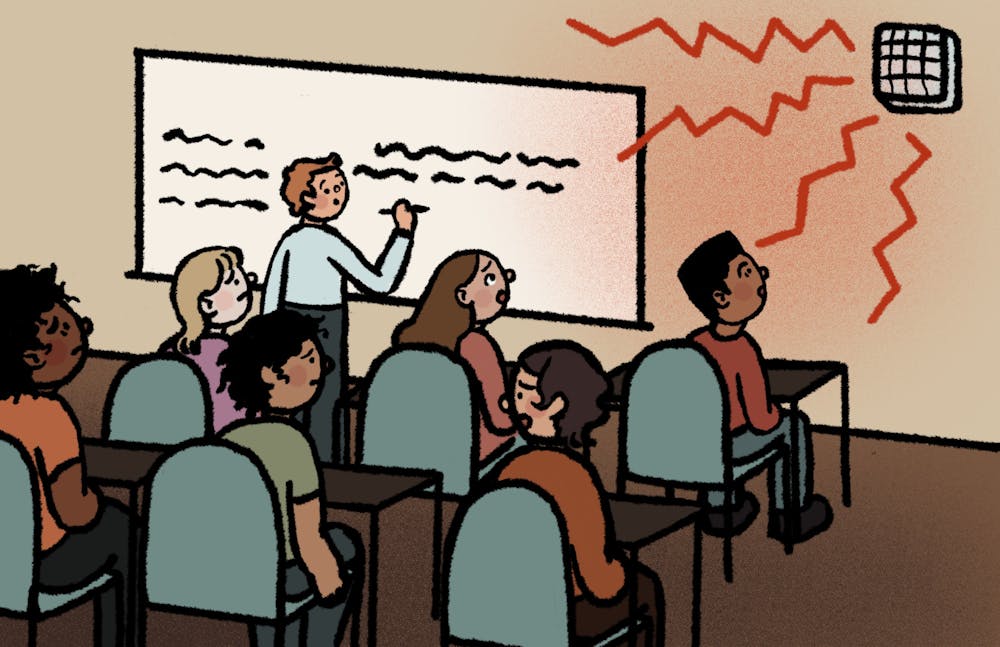In an active threat emergency, such as a shooting, college students will want to know where to go and what to do. At Western Washington University, they might hear a loud announcement blare over the PA system or get a Western Alert on their phones.
Active shootings have increased since 2020, with 61 in 2021 and 50 in 2022, according to data from the FBI. Four of those 50 incidents in 2022 occurred at educational institutions.
“The odds that you will be on campus but not have your phone or be in a building to hear the announcement, or in front of a campus computer to see the message on its screen, are quite low,” said John Thompson, the assistant director of university communications at Western, in an email.
In addition to receiving these notifications and hearing the announcement over the PA system, students may notice peers and faculty running to safety.
The first message Western would send out in the event of a shooting, like any emergency, is a holding message. This message would inform the campus of the event, Thompson said. University communications would relay information from the police to students and staff.
Gee Diaz-Kelly, a second-year at Western, has experience preparing for emergencies like these. He attended Lewis and Clark High School in Spokane, which faced a series of bomb and shooter threats. Another high school in his hometown, Freeman High, dealt with an active shooter in 2017.
“I felt, at least in my high school, that the drills we did were for our safety and at the very least, [trying] to get the student body prepped for situations that we had seen were very real in our community,” Diaz-Kelly said.
He has not received drills or training specifically related to shootings since he started attending Western.
“I’ve talked to my [Western] peers, and when we enter a school building or a room, we know where the exits are,” Diaz-Kelly said. “We know places to hide.”
School shootings are unpredictable and spontaneous, but sometimes there are warning signs. These can come in the form of a social media post, or a comment from a future shooter, said Karen Laser, a senior consultant who specializes in gun violence at Kephart Consulting.
“Kids are very knowledgeable about social media and that’s typically where a first clue will be,” Laser said. “If someone’s posting a really violent type of post, you need to take that seriously.”
Students should know what they need to do when police arrive at the scene, Laser said. This includes having their hands where police can see them and exiting classrooms in an orderly fashion.
In previous years officers would form an arrest team of three people to go in and stop the shooting, Laser said. In today’s world, they enter, even if there are fewer than three officers.
Western University Police did not respond to requests for comment on this topic.
Laser stresses the importance of paying attention to classmates on social media and in person, and taking any potential risks seriously.
“You can’t wait and say, ‘Oh, he’s just kidding,’” she said. “Because that’s when you end up with a shooting.”
This piece coincides with The Front’s coverage of campus building safety in the event of a shooting. Read that here.
Cordelia Longo (they/them) is a senior at Western majoring in political science. In their free time, you can find them listening to Taylor Swift and asking to pet strangers' dogs.






